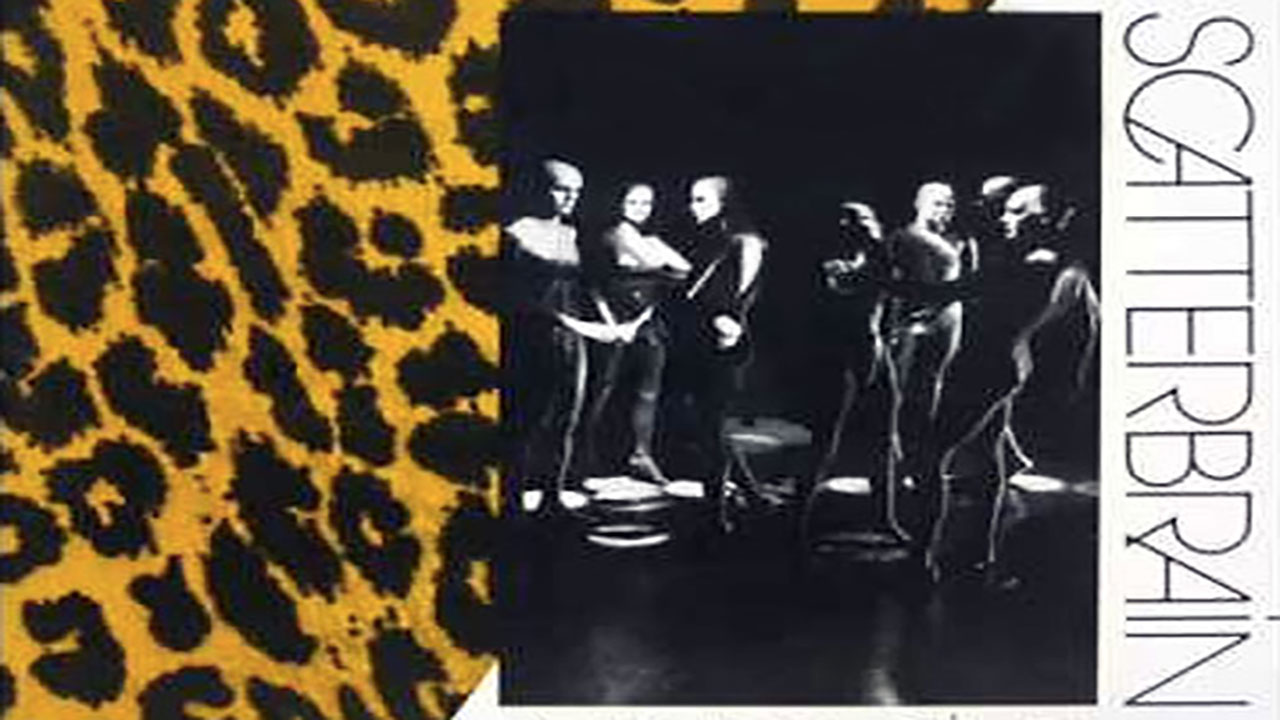Scatterbrain
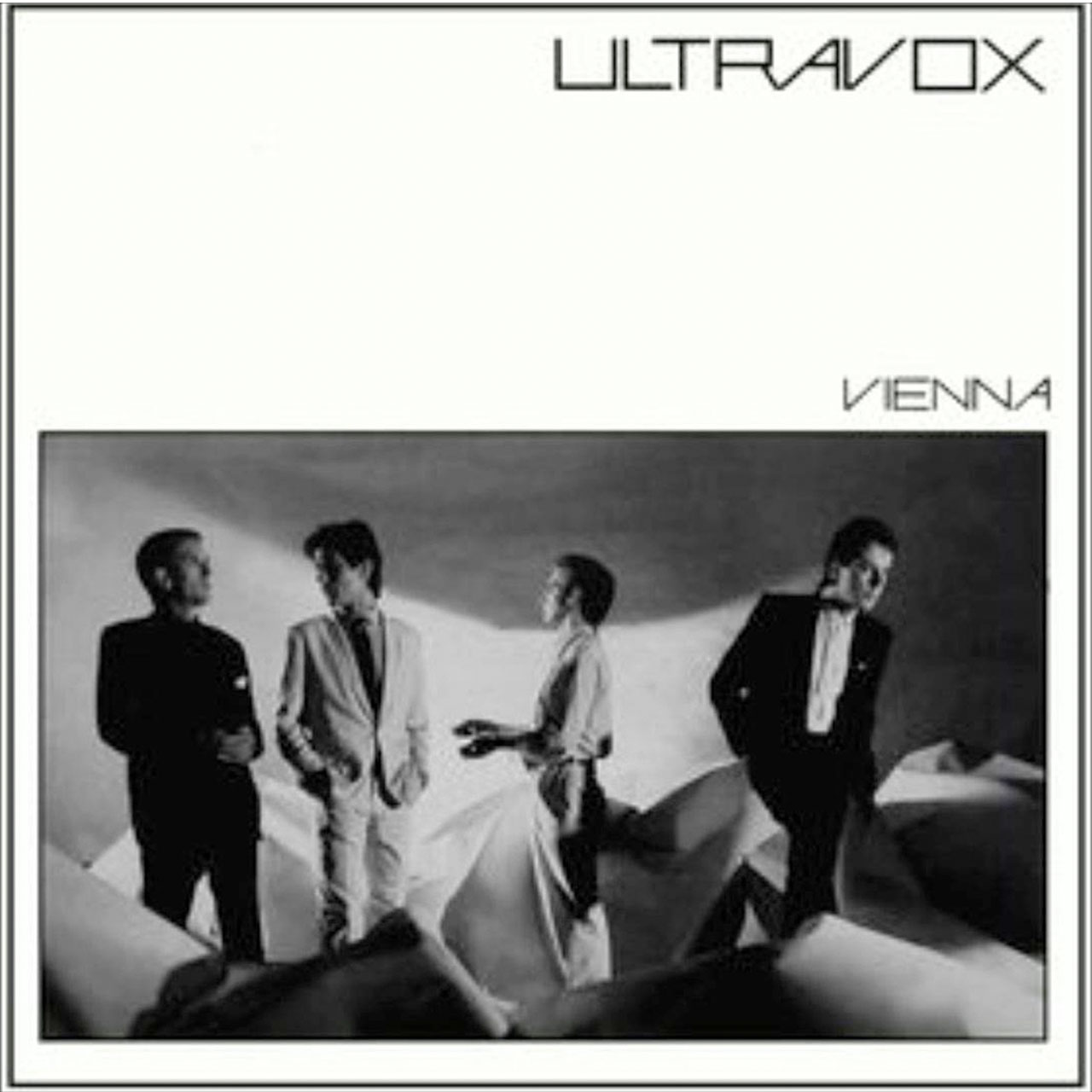
THE NEO WAVE
Kraftwerk and Brian Eno’s work with Roxy Music and Bowie (especially on “Low” and “Heroes”) showed a new direction for pop music, paving the way for New Wave and New Romantics bands like Gary Numan, Brian Eno, Ultravox, Human League, Depeche Mode, Visage, Simple Minds and Devo. These were among the inspirations for a new danish electro-act “Scatterbrain”.
I had heard some snippets with the band and thought the sound was fresh and the band constellation was interesting.
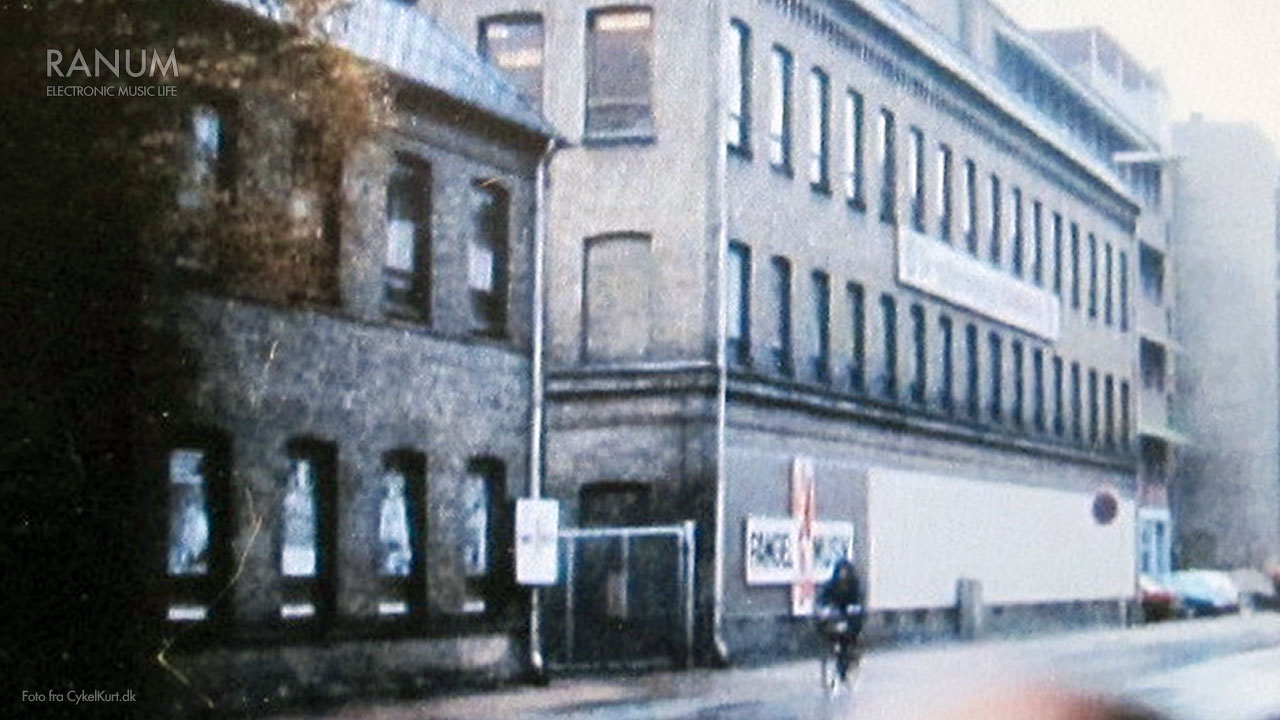
NOVELTY LINEUP
While building up my home studio and doing recordings there (Studio – version 2), I was approached by the manager of the band, Bob Bøtker. I had already met Hilmer Hassig when he was working in “Fangel Musik” – a musical instrument shop in Frederiksberg, Copenhagen. Hilmer had mentioned my name to Bob – who was also one of the founders of Irmgardz.
The band had a novelty lineup with guitar, bass, synthesizers and drum machines – and no drummer. This produced a sound that was different from the mainstream sound in those days. The original members were Jesper Siberg (Keyboards & Drum Machine), Hilmer Hassig (Guitars & Synths), Jens Erik Mose (Bass) and Morten Torp (Vocals & Synth).
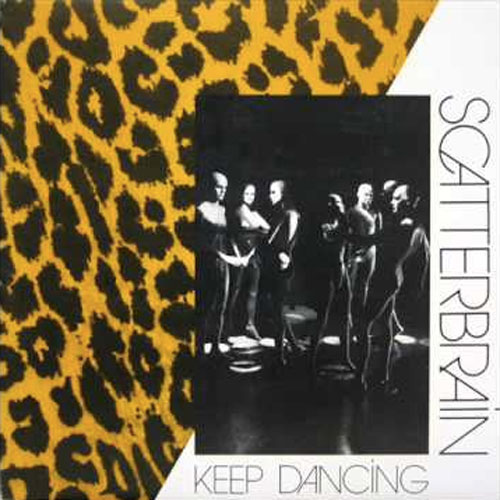
“KEEP DANCING”
Scatterbrain released their first album “Keep Dancing” on the “Irmgardz” alternative label in 1981, and although not exactly mainstream it was still moderately succesful, due to the fresh sound and nontraditional line up. The overall concept of the album was inspired by e.g. wrtier Thomas Mann’s and painter Max Ernst’s sinister visions on a de-humanised Europe after WW2, and during the cold war. The lyrics had lots of post-modern references and statements on this, and the brilliant cover reinforced it with images of frozen mannequins.
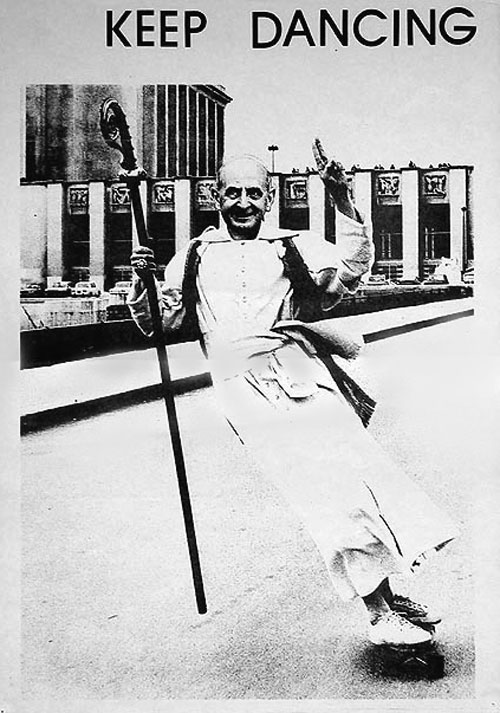
GUERILLA MARKETING
The marketing campaign for the album was rather ingenious and original, consisting of simple, provocative images with the only the album title “Keep Dancing” superimposed. For a while nobody knew who the sender was, until it was finally revealed with the album release. So jungle talk in the underground did some nice promo work already before the release. This guerilla-style campaign was efficiently and creatively executed by Jan WIntersøe, Kenan Seeberg and Nene La Beet – the passionate crew behind the Irmgardz label.
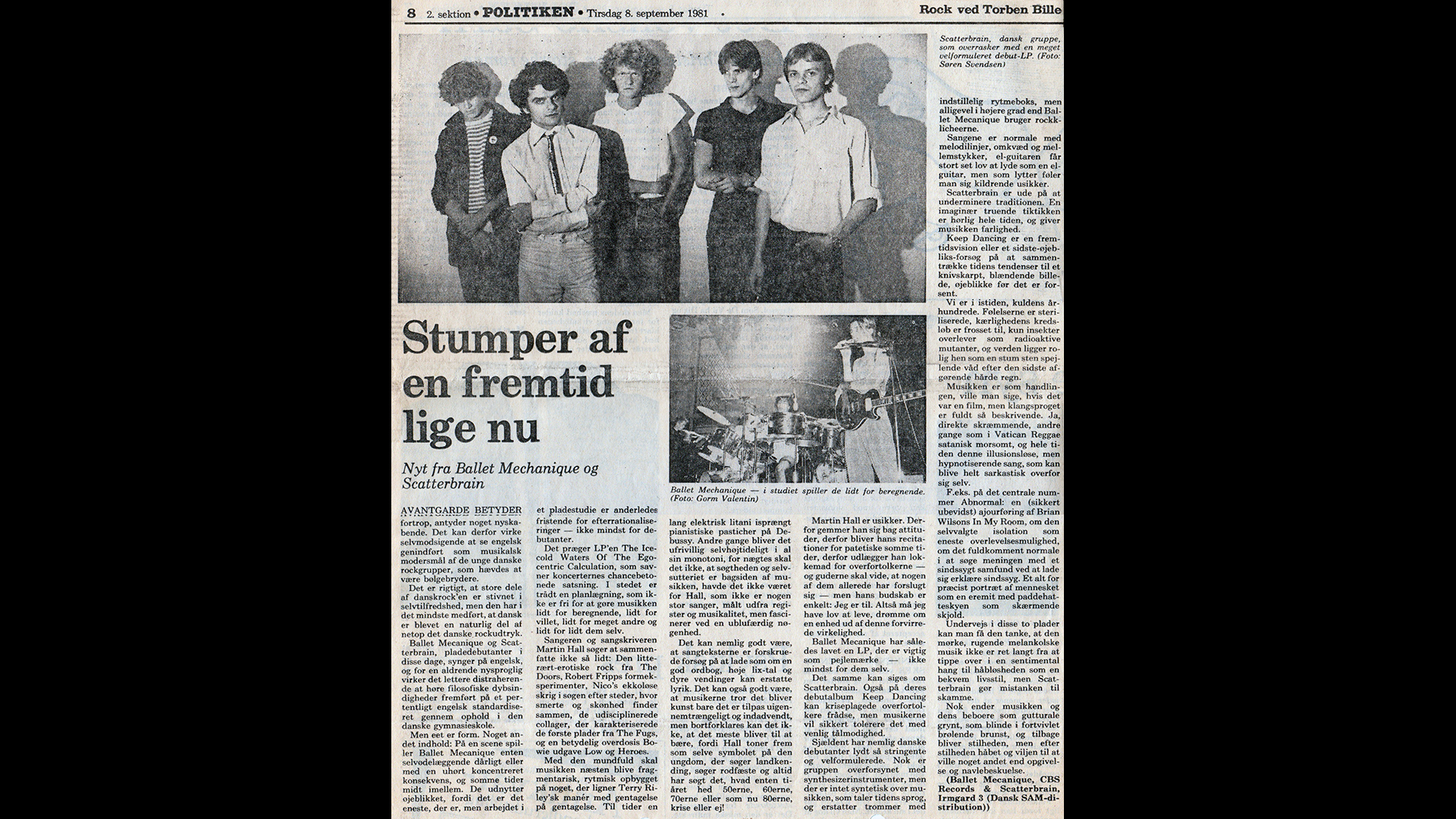
PRESS & REVIEWS
The press was generally positive towards the band, and the album was quite well-received.
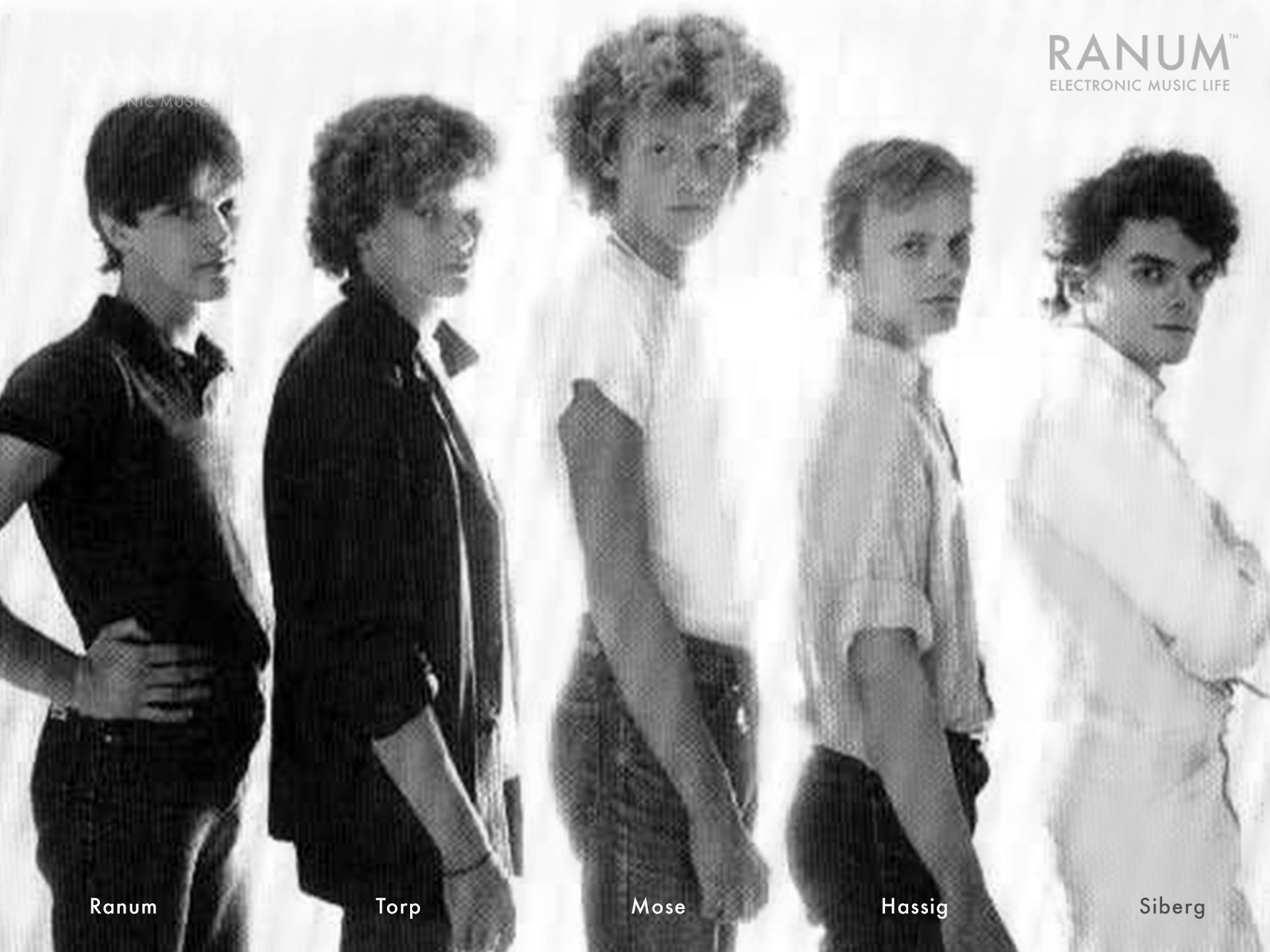
GOING LIVE
With the keyboard heavy production it was not possible for the band to reproduce the album sound in a live situation, so I joined the band for the upcoming Scandinavian touring, playing synthesizers and sequencer. Rehearsals took place in the bands rehearsal room on Aaboulevarden in Copenhagen. The building was a local music hub with several bands rehearsing there, including “Buz Stop” with drummer Kaj Bojsen-Møller.
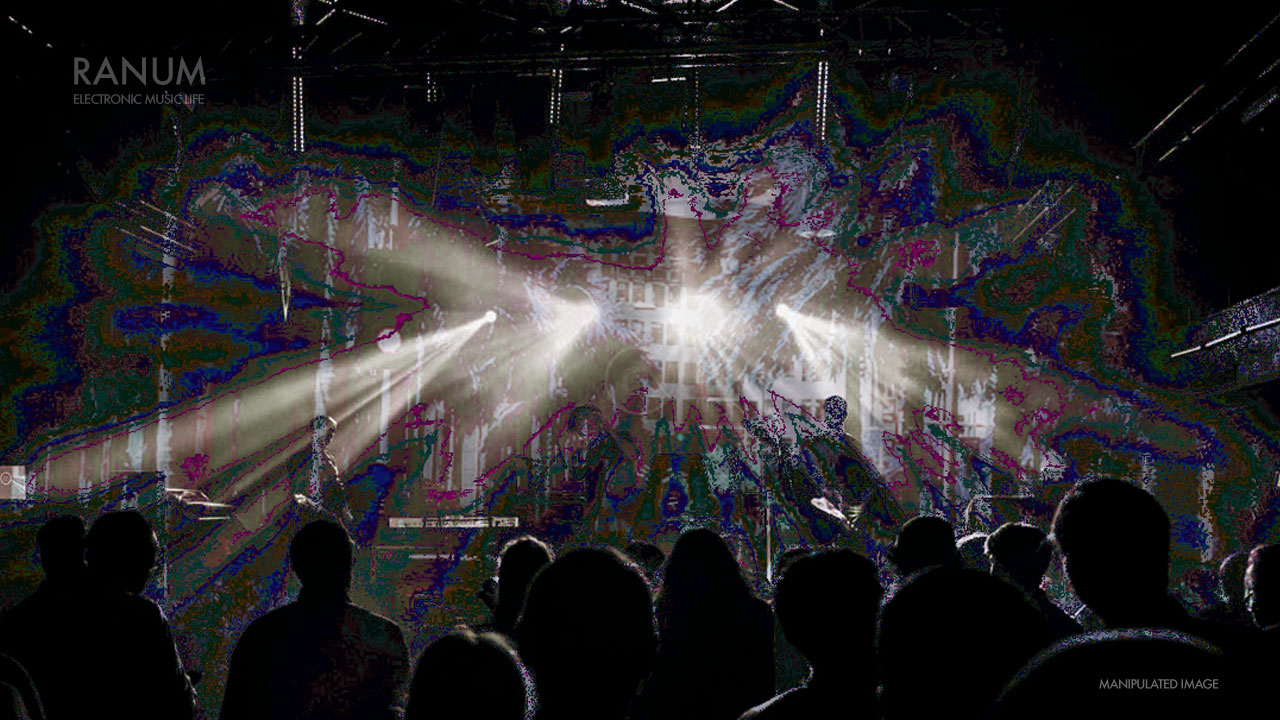
L’ART SCENIQUE
Live performances were made extra special by the efforts of an associated photo group called “L´Art Scenique” who projected their custom visuals onto the band during performances. The group consisted of 7 guys who handled the projections in various contellations. This was in fact often the only light that was on the band during these performances. Among the members of the group were accomplished photographer Per Morten Abrahamsen and AV-expert Jesper Bonde Petersen.
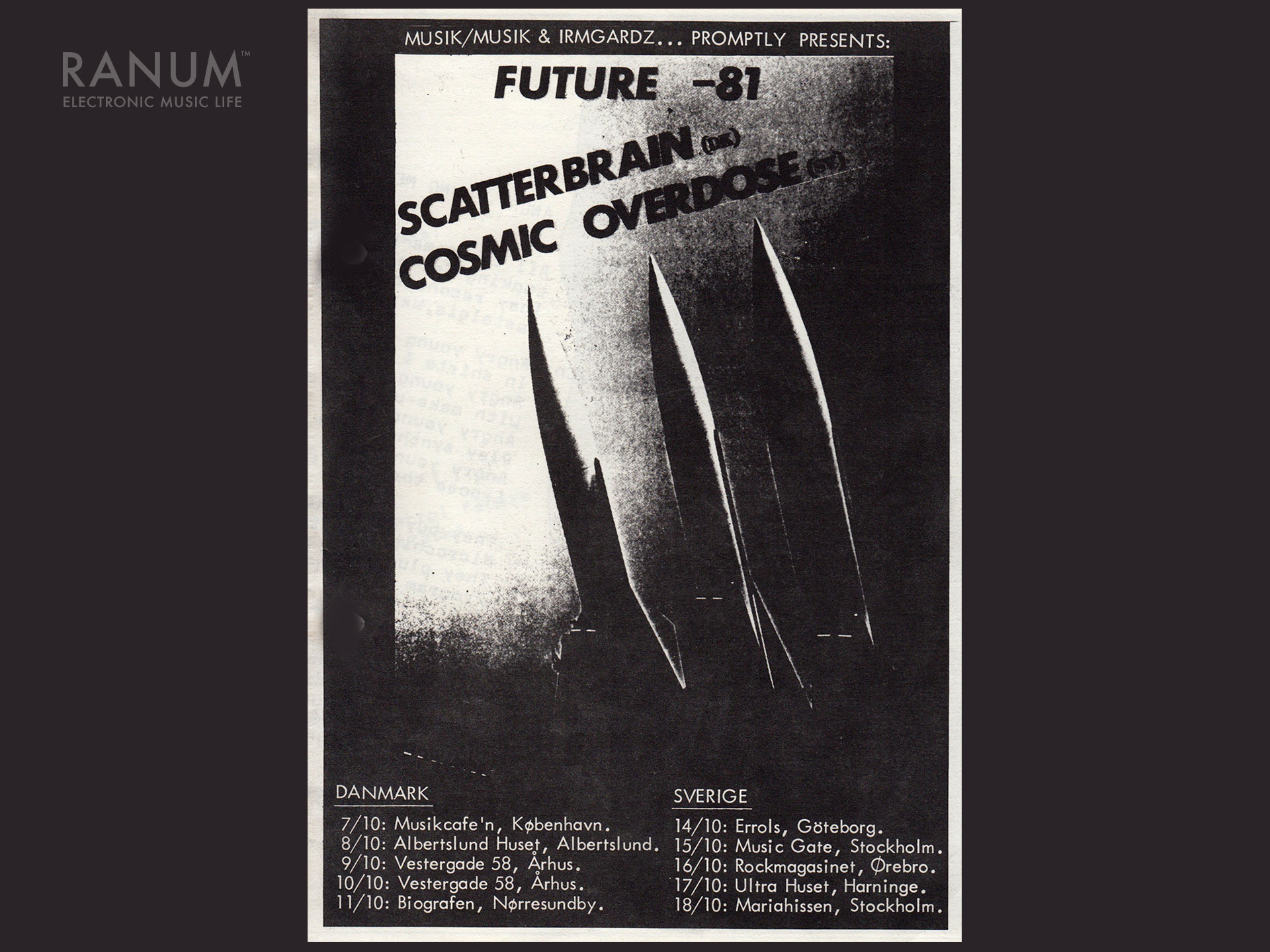
1st Tour – DENMARK / SWEDEN
In November 1981 a string of gigs were played across Denmark and Sweden on a the “Future-81” tour, together with Swedish neo-rockers “Cosmic Overdose”.
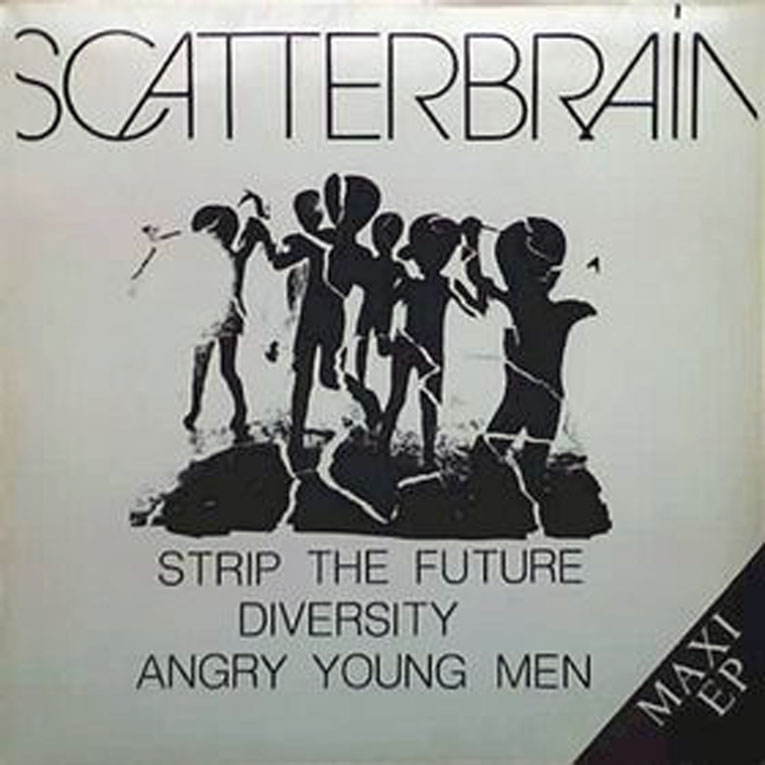
“ANGRY YOUNG MEN” (FLEXIDISC EP)
After the end of the first tour I took part in the recordings for the EP “Strip the Future” / “Diversity” / “Angry Young Men”, in “Tømrer Claus Studio”, Østerbro, Copenhagen. The EP was printed as a “Flexible Disc” (FlexiDisc) – a thin plastic disc that could be bended and played on a normal grammophone. It was bundled and distributed together with Danish music magazine “Vi Unge”. The 3 tracks had been developed in rehearsals and during performances. These were the only 3 track recordings I did with the band.
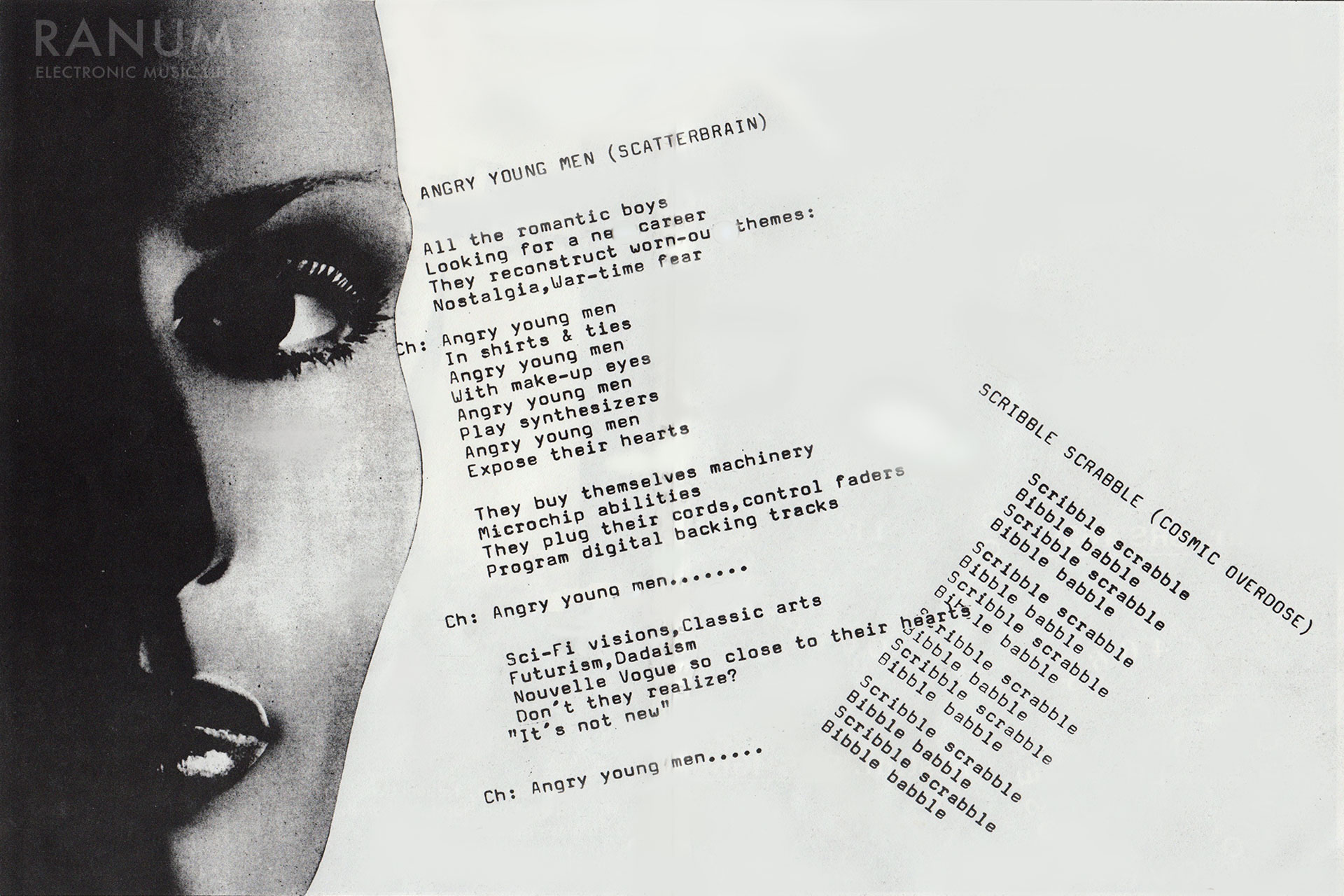
2ND TOUR – DENMARK/SWEDEN (with “TT Reuter”).
A second tour was rolled out, with jobs across Denmark and Sweden. This time with acclaimed Swedish rock act “TT Reuter”.
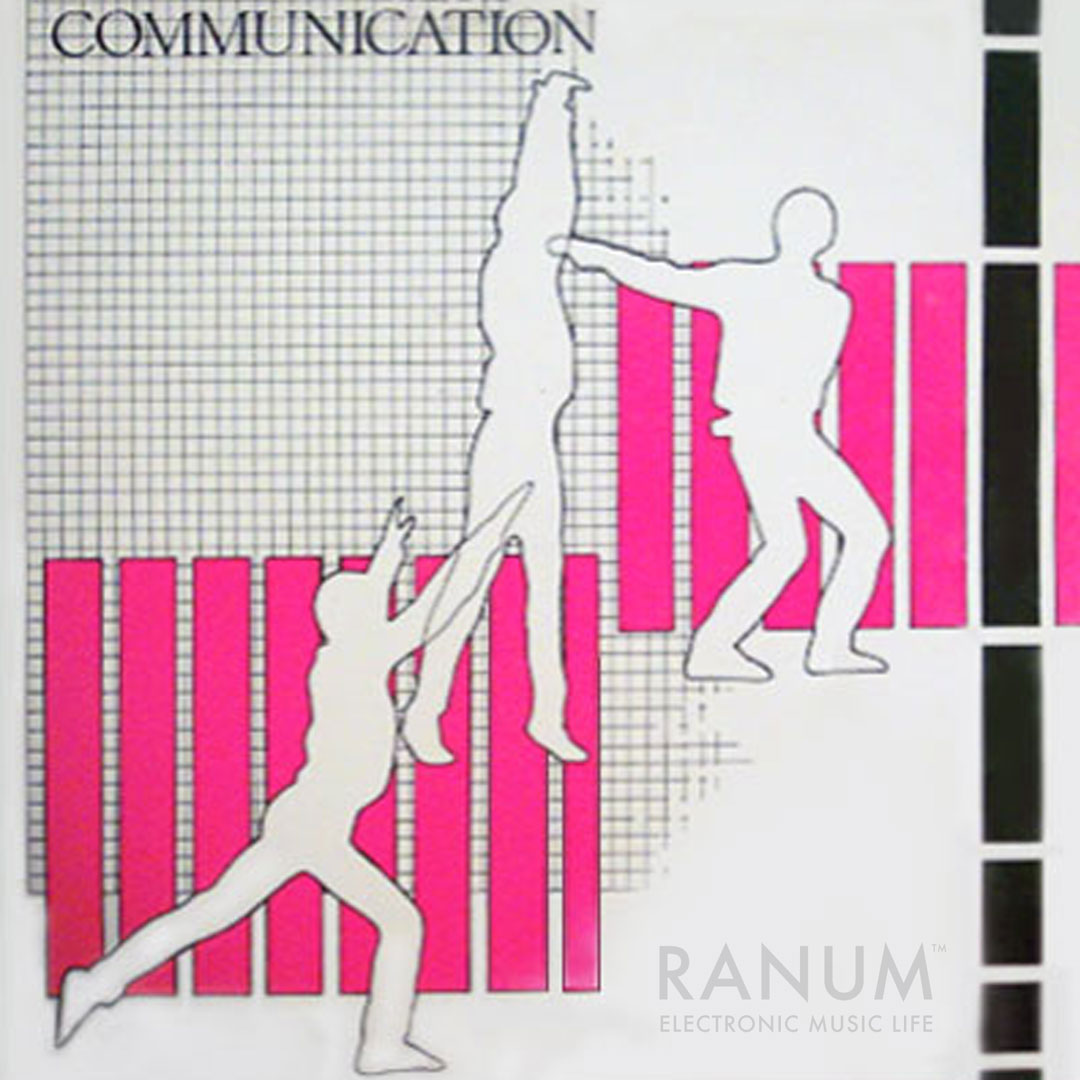
COMMUNICATION
At the end of the second tour I parted with the band to participate in the “Communication” album and live musical project, which was seen as not compatible with the Scatterbrain image.
“Communication” – Album Cover
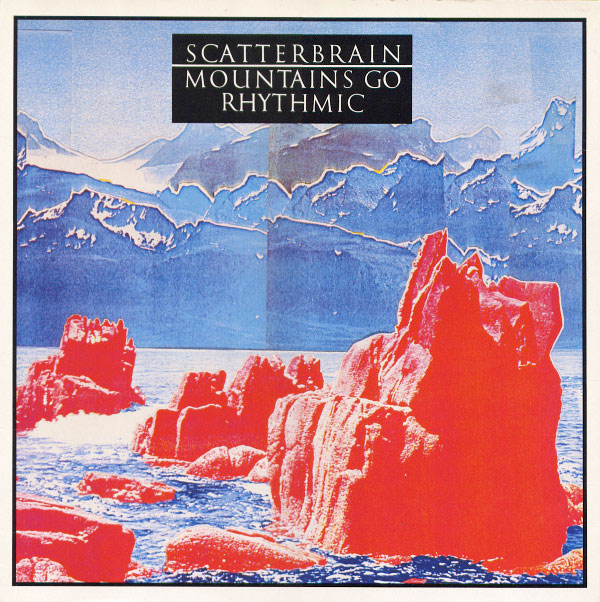
“Mountains Go Rhythmic”
The band later released their second album “Mountains go Rhythmic”, which did not quite reach the popularity of the first album. The lineup had then been expanded by drummer Gorm Ravn-Jonsen and various guest appearances. I had left the band by then, so somebody else would have to tell what happened since.
The above are my 1st hand recollections of events during the time I was playing with Scatterbrain.
It does not represent official views of the band or any other named companies or persons.


